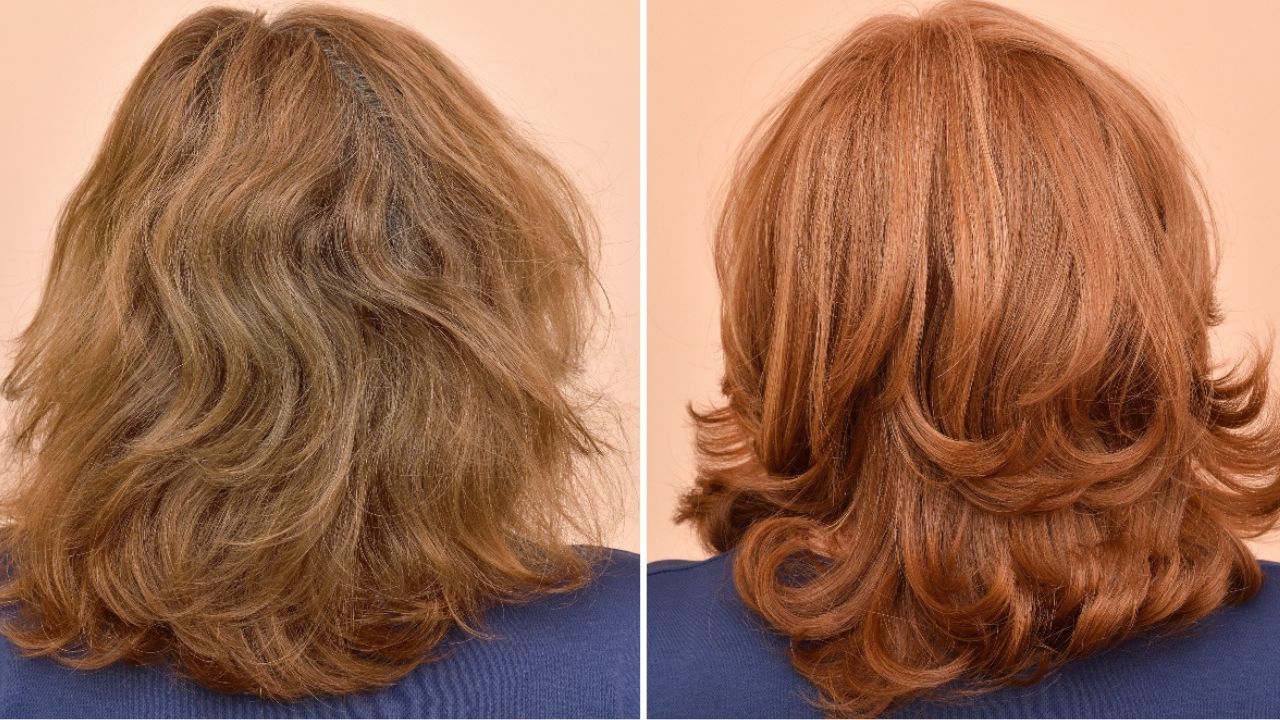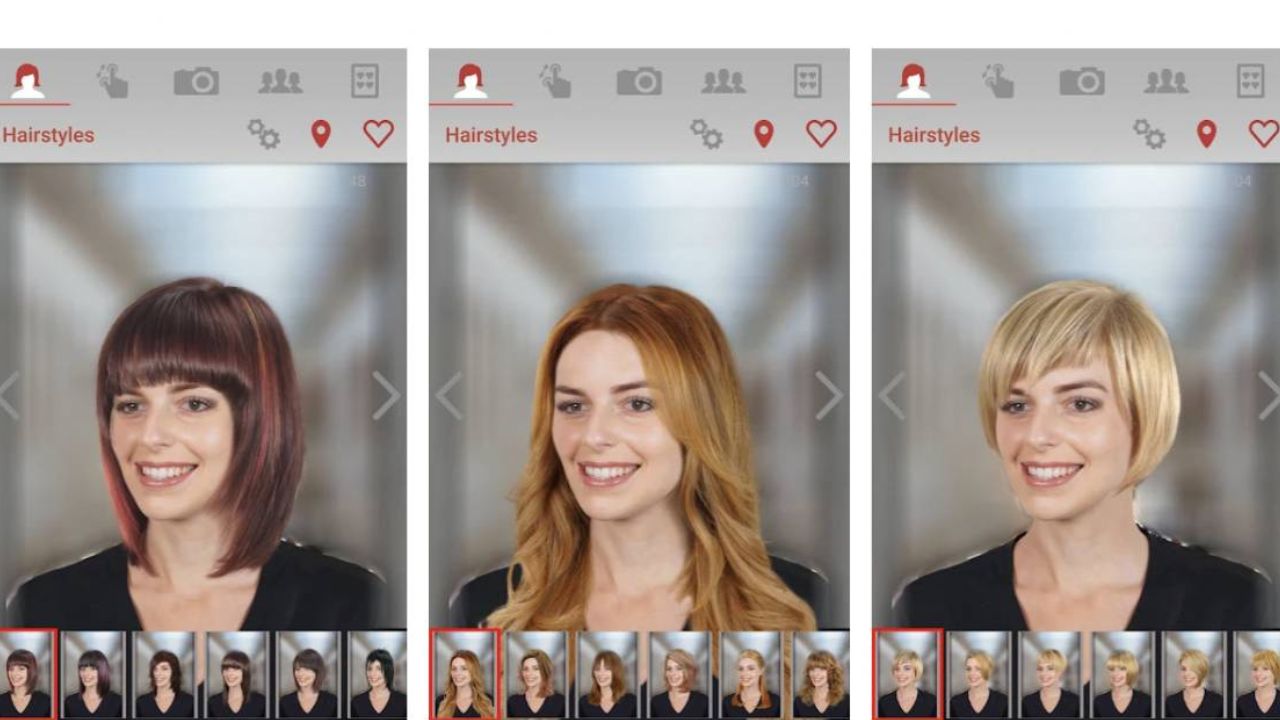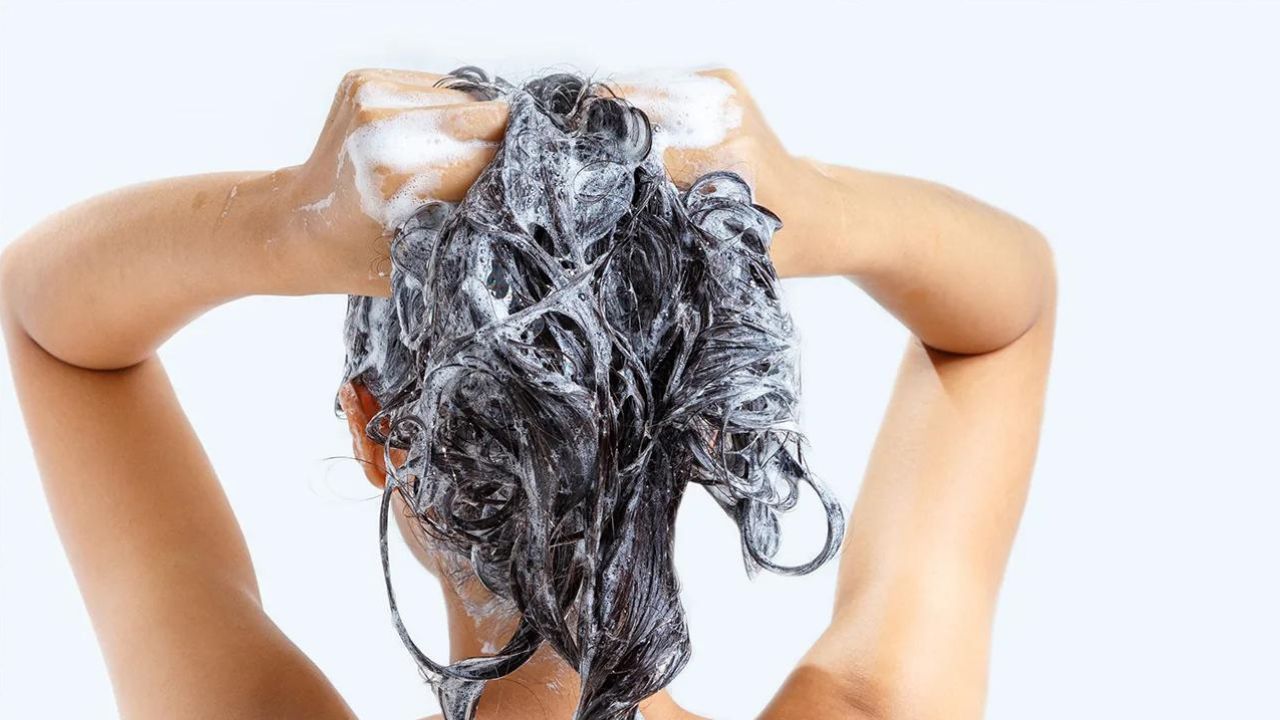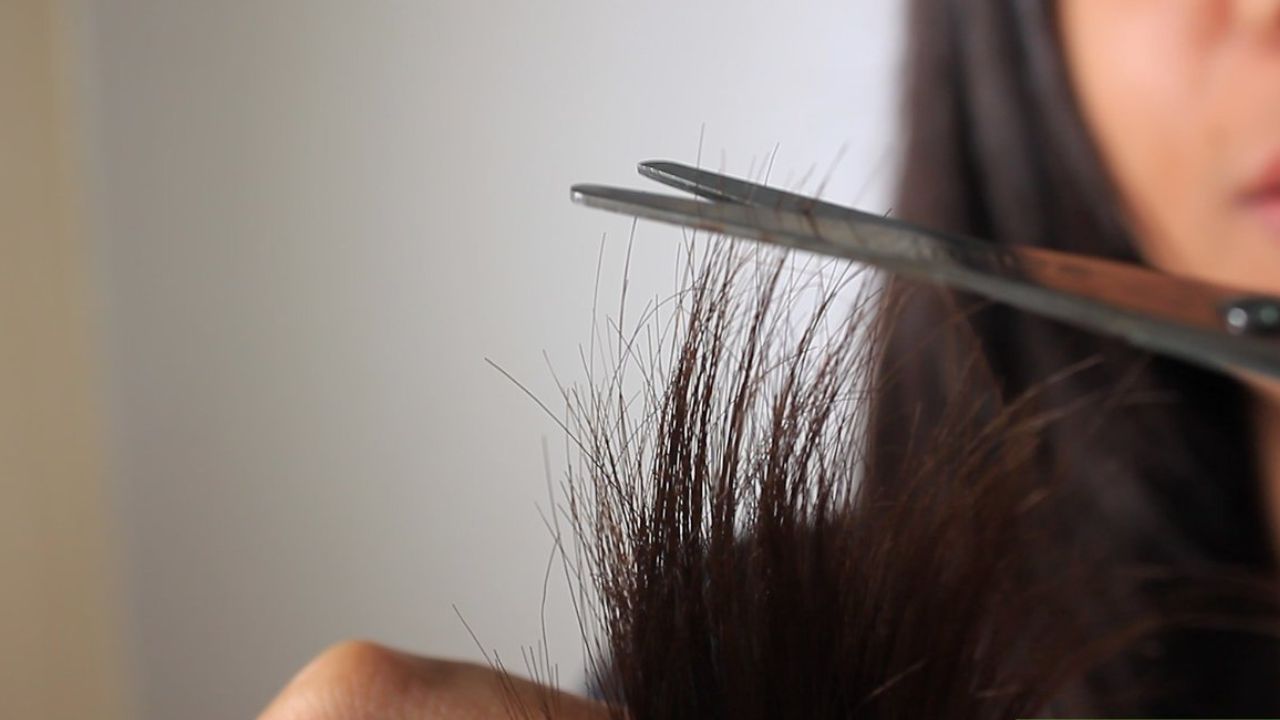Wondering whether a keratin treatment is the secret to reviving your thin hair? It’s a common query, and the answer might surprise you. While keratin is renowned for its protective qualities, its impact on hair thickness is a different story. If you’re struggling with thin hair that tends to get greasy and lacklustre, you might be contemplating if a keratin treatment could be your mane’s knight in shining armor. Let’s delve into the world of keratin treatments to understand their effects on thin hair, potential risks, and explore some alternative options.
Keratin: A Protector, Not a Thickener
Keratin, despite its myriad benefits, isn’t a miracle cure for hair thinning. It’s a protective protein, abundant in human hair, accounting for a significant percentage of its composition, including proteins, lipids, and melanin. Produced by epithelial cells during hair growth, keratin primarily shields your strands from physical damage.
The Science Behind Keratin Treatments
When we talk about keratin treatments, we’re referring to the use of protein hydrolysates, like hydrolyzed keratin. These have a low molecular weight and excel at safeguarding hair from environmental and chemical stressors. Interestingly, keratin hydrolysates can be derived from various sources, including animals (like nails, wool, and feathers) and plants (such as soy, wheat, and corn). However, animal-derived keratin is often more effective.
Upon application, these hydrolysates bind to your hair’s cuticle scales, effectively sealing them. This action not only protects your hair from heat damage but also enhances its color and shine. They work by neutralizing the negative charges on damaged hair, reducing frizz and minimizing friction between fibers.
Keratin and Thin Hair: A Mixed Bag
For those with thin hair, a keratin treatment might be a double-edged sword. While it does offer protection and strength, it can also weigh down your hair, potentially leading to an even flatter and lifeless appearance. It’s a common misconception that keratin treatments can add volume or thickness to thin hair. Instead, their smoothing effect might not align with the needs of finer hair types.
Navigating the Keratin Treatment Process
If you’re considering a keratin treatment, it’s essential to understand the process in detail. The next section will guide you through the ins and outs of keratin treatments, helping you make an informed decision about whether it’s the right choice for your hair type. Plus, we’ll explore some alternative treatments that might be better suited to your thin tresses. Stay tuned to discover how to give your hair the love and care it deserves!
Demystifying the Keratin Treatment: A Closer Look at the Process
The world of hair treatments is vast and varied, with keratin treatments standing out as a popular choice for many seeking smoother, straighter locks. Originating from Brazil, this treatment has evolved over the years, becoming a go-to for those looking to tame frizz and add a sleek shine to their hair. Let’s unravel the keratin treatment process and compare it with its close cousin, the Brazilian blowout, to help you decide which might suit your hair needs best.
Understanding the Keratin Treatment Method
Keratin treatments involve a unique blend of ingredients that work together to transform the hair’s texture and appearance. The process typically includes:
Application of a Special Blend: Your hair is first treated with a concoction of formaldehyde (or its safer alternatives, formaldehyde releasers), conditioners, and keratin hydrolysates. This mixture smoothens and straightens the hair without the intense chemicals found in traditional hair straightening treatments, making it a gentler option.
Drying and Straightening: After the application, your hair is dried out. Then, a flat iron is used to lock the hair into a straight position. This step is crucial as it restructures the keratin in your hair, with formaldehyde acting as a bonding agent to keep the strands aligned.
The Science Behind It: The treatment works by breaking the hair’s hydrogen bonds through the application of heat, then reshaping it into a straighter form. This change is locked in place by the formaldehyde, which crosslinks the keratin filaments.
Keratin Treatment vs. Brazilian Blowout: What’s the Difference?
While both keratin treatments and Brazilian blowouts aim to smooth and enhance hair, they differ in their approach and intensity:
Keratin Treatment: This method is about infusing hair with natural proteins to relax curls, reduce frizz, and boost shine, ultimately leading to smoother and more manageable hair. It’s focused more on the long-term health of your hair.
Brazilian Blowout: A more intense process, Brazilian blowouts involve applying a liquid keratin solution that bonds to the hair and is sealed with a flat iron. This creates a protective layer around each hair strand, aiming to strengthen hair, combat frizz, and increase shine. The results are more immediate compared to keratin treatments.
Navigating Potential Side Effects
It’s important to be aware that, like any hair treatment, keratin treatments can have side effects. These may vary depending on your hair type and the specific formulation used. In the following section, we’ll explore these potential side effects and provide insights into alternative treatments that might be better suited to your hair’s needs. Stay tuned to make an informed decision about whether a keratin treatment is right for you.
Understanding Side Effects and Exploring Alternatives
Keratin treatments have been a buzzword in the beauty industry for their ability to smooth and straighten hair. However, it’s crucial to be aware of the potential side effects, especially for those with thin hair. Let’s delve into the complexities of this popular treatment and uncover some gentler alternatives that can offer similar benefits without the associated risks.
The Downside of Keratin Treatments
Plant vs. Human Keratin: Research indicates that plant-derived keratin doesn’t quite match the restorative properties of human keratin. Hence, it may fall short in treating and restoring damaged hair.
Formaldehyde Concerns: The use of formaldehyde, a substance classified as carcinogenic by the World Health Organization, raises significant health concerns. The long-term effects of formaldehyde exposure, particularly in beauty treatments, are still under scrutiny.
Salon Experiences: In Brazil, where the Brazilian Keratin Treatment (BKT) originated, users reported issues like burning eyes and strong odors. While modern formulations use formaldehyde releasers like methylene glycol or glyoxylic acid, these can still release formaldehyde when heated, posing similar risks.
Formaldehyde-Free Misnomer: Even products labeled as “formaldehyde-free” can produce dangerous levels of the substance during the treatment process.
Health Risks: Beyond just hair concerns, there are reports of formaldehyde causing respiratory issues, including new onset asthma, in some cases.
Potential Hair Damage: The keratin treatment process, which often involves repeatedly applying a hot flat iron to hair, can be aggressive and may compromise hair fiber integrity.
Gentler Alternatives to Keratin Treatment
For those seeking safer options, there are several alternatives that can help achieve smooth, frizz-free hair:
Keratin-Infused Products: Shampoos, conditioners, serums, and masks containing keratin hydrolysates can help smooth hair and reduce frizz without the intensity of a full keratin treatment.
Biotin-Enriched Shampoos: Biotin can make hair shafts appear fuller and thicker.
Hair Fiber Sprays: These sprays, containing keratin similar to human hair, can temporarily give hair a thicker appearance. They adhere to natural hair strands and can be easily washed off.
Holistic Hair Care: Regular scalp massages, oil treatments, and hair masks can strengthen hair naturally. Minimizing the use of heat styling tools also helps maintain hair health.
Nutrition for Hair Health: A balanced diet rich in protein, vitamins, and minerals can significantly improve hair quality. Supplements can also be a valuable addition for adequate nutrient intake.
Styling with Keratin Products: These products can offer protection from heat and enhance hair’s shine and color.
Key Takeaways for Thin Hair
While keratin treatments might promise sleek, smooth hair, they can potentially leave thin hair flatter and more damaged. The use of formaldehyde or its derivatives poses additional risks. Opting for hair care products with keratin, focusing on a nutrient-rich diet, and adopting a holistic hair care routine can be safer, more sustainable ways to nurture and protect your hair.
Frequently Asked Questions About Keratin Treatment for Thin Hair
What is Keratin Treatment and How Does it Work?
Keratin treatment involves applying a solution with keratin and other chemicals to the hair, followed by heat treatment to straighten and smooth the hair. It works by breaking down the hair’s hydrogen bonds and then reforming them in a straighter alignment.
Does Keratin Treatment Cause Hair Thinning?
Yes, the intense process of keratin treatment can potentially cause hair thinning and loss, particularly for those with already fragile or thin hair.
Can Keratin Treatment Increase Hair Volume?
No, keratin treatment does not increase hair volume. In fact, it often makes hair appear flatter by taming volume, curls, and frizz.
How Long Does a Keratin Treatment Last on Thin Hair?
The effects of a keratin treatment on thin hair can last up to 5-6 months, depending on hair care and maintenance post-treatment.
Is It Safe to Oil Hair After Keratin Treatment?
You should avoid oiling your hair for at least 3 days after a keratin treatment. After this period, it’s advisable to use hair oils recommended by your stylist.
Can I Comb My Hair After Keratin Treatment?
It’s better to wait at least 3 days before combing your hair after a keratin treatment to prevent tangling and potential damage.
Are There Any Safer Alternatives to Keratin Treatment for Thin Hair?
Yes, alternatives include using keratin-infused shampoos, conditioners, and serums; biotin-enriched shampoos; hair fiber sprays; and maintaining a healthy hair care regimen with regular oil and scalp massages.
What Are the Risks Associated with Keratin Treatment?
Risks include potential hair thinning and loss, exposure to formaldehyde (a carcinogenic compound), and damage to the hair fiber due to intense heat application.
Can Keratin Treatment Be Done at Home?
While there are at-home keratin treatment kits, it is generally safer and more effective to have the treatment done by a professional in a salon, especially considering the precision and care required in its application.
How Can I Maintain My Hair After Keratin Treatment?
To maintain your hair after a keratin treatment, use sulfate-free shampoos, avoid saltwater and chlorine, minimize the use of heat styling tools, and follow any specific aftercare instructions given by your stylist.






